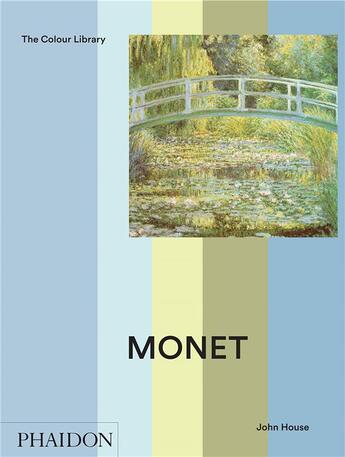-
Date de parution : 28/07/1999
-
Editeur :
Phaidon Press
-
EAN : 9780714827230
-
Série :
(-)
-
Support :
Papier
Résumé:
Impressionism took its name from the title of a painting that Claude Monet (1840-1926) exhibited in 1874. More than any other artist, Monet was the creator of the Impressionist vision, which has so forcefully shaped the way in which he habitually see nature today. For sixty years he continuously... Voir plus
Impressionism took its name from the title of a painting that Claude Monet (1840-1926) exhibited in 1874. More than any other artist, Monet was the creator of the Impressionist vision, which has so forcefully shaped the way in which he habitually see nature today. For sixty years he continuously explored ways of translating his experiences into paint, in pictures that take us from the bustling life of Paris in the 1860s to the seclusion of his own water-garden, which he painted in his last years.
John House's introduction to Monet's life and work presents a sequence of dazzling illustrations that chart the artist's progress as he became increasingly preoccupied with colour and atmospheric effect, and the direct studies of nature gave way to paintings of greater richness and harmony, in which the play of varied colours replaced the conventional drawing and modelling of forms.
Donner votre avis










